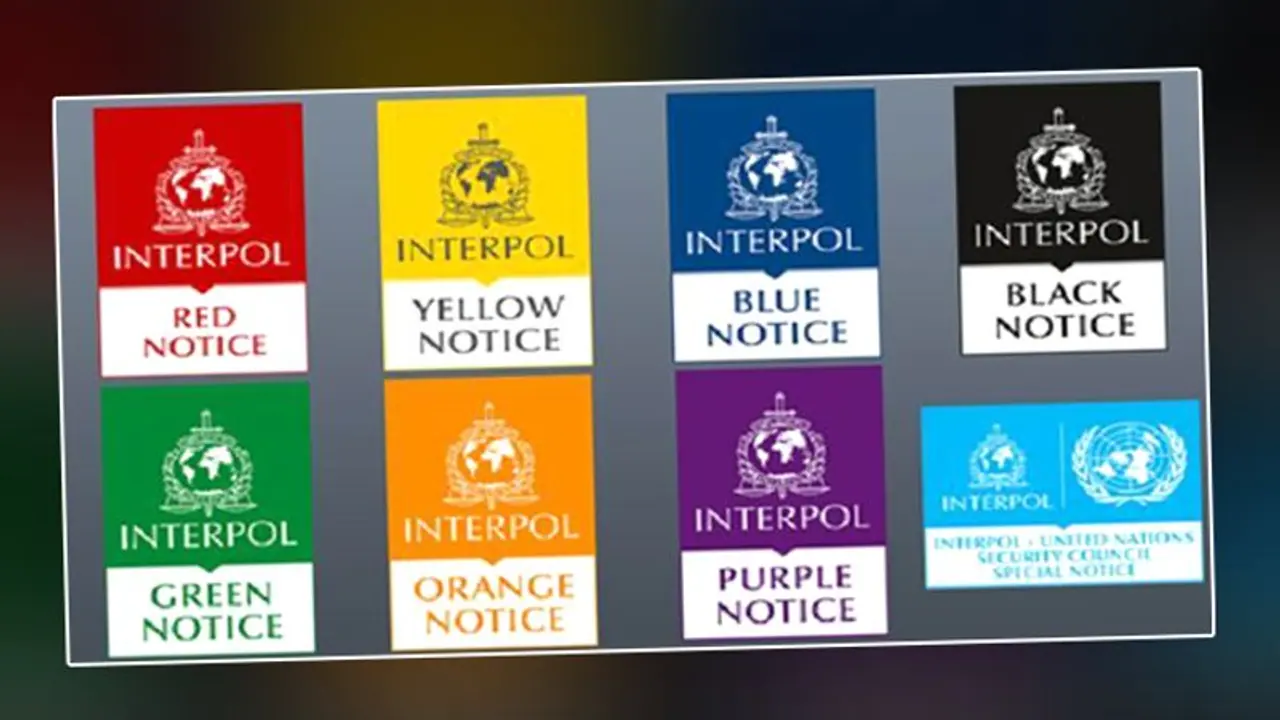Interpol or the International Criminal Police Organization has issued a Blue Corner notice (a request to the member country to locate an accused) against Mansoor Khan, the founder of I Monetary Advisory for his alleged financial fraud. But what are the other kinds of notices issued to such accused?
Bengaluru: Colours have a great role to play in life. From monitoring traffic on the roads to indicating completion of reactions in titrations, colours are indispensable to our day-to-day functioning.
Not just that, colours have a definitive say in international relations as well. Take for instance, when fugitives escape to foreign countries, different coloured notices are issued by the Interpol. Let’s take a look at them.
Red Notice: With an intention to locate, extradite, arrest or initiate a lawful action against wanted persons, the Interpol issues a Red Notice. Incidentally, it is the closest instrument to an international arrest warrant.
Yellow Notice: A Yellow Notice is issued to locate missing persons, often minors, or those persons who are unable to identify themselves. It includes issuing details of various body marks on the person who is to be identified.
Black Notice: The Interpol issues this notice to seek information on unidentified bodies. Interestingly, every year, around 150 such notices are issued.
Green Notice: Green is a sign of prosperity. But in the Interpol parlance, the Green Notice is issued to warn other countries of recidivistic offenders. It means offenders who flee the country are likely to repeat the offences in other countries as well.
Orange Notice: An Orange Notice is issued to warn people of a person or an object or a process that poses an immediate disastrous threat to the public. For example, this notice was issued in relation to a “miracle diet pill” by the Interpol by French health authorities.
Purple Notice: This is issued with an objective to seek or give information on modus operandi or objects or devices and also concealment methods used by criminals. This notice helps Interpol’s efforts to tackle environment related criminals.
Interpol-United Nations Security Council Special Notice: This notice is issued by the United Nations for groups and individuals who are their target in relation to UN Security Council Sanctions Committee. The Council has issued over 500
